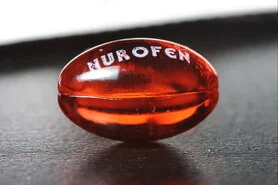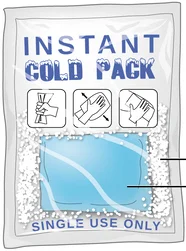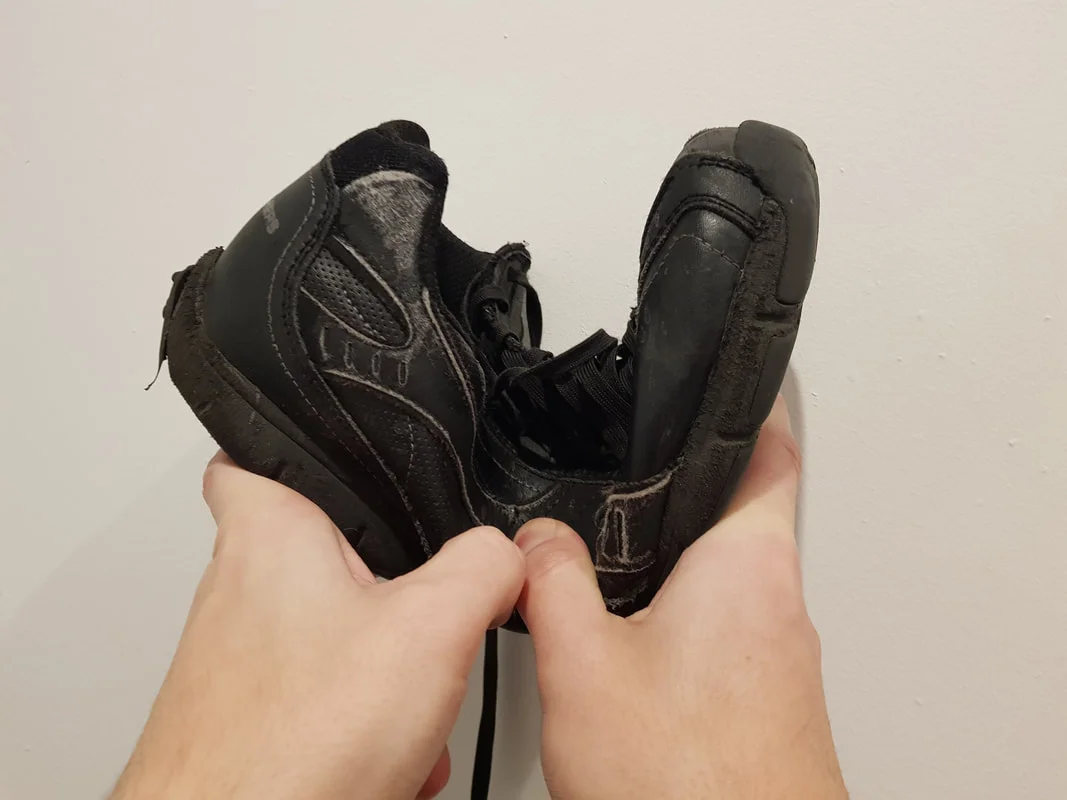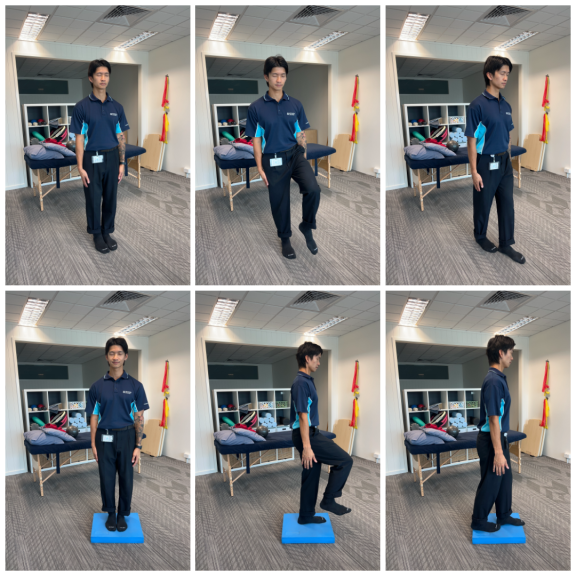1. Waiting to Treat Your Plantar Fasciitis
|
If you suspect that you have plantar fasciitis, it’s important to seek treatment quickly from a physiotherapist. Continuing to participate in activities that aggravate the injury such as walking, running, or jumping can make micro-injuries worse, allow the arch to flatten further, and ultimately delay healing. However, avoiding all activity on the foot and resting on the couch to binge watch a new series on Netflix is also detrimental to adequate healing. What to do instead: Make an appointment with your physiotherapist in the early stages of injury to prevent further damage and start effectively rehabilitating the foot with a graded exercise program.Strengthening and stretching the calf and foot muscles, orthotics, icing and taking relative rest from aggravating activities is one of the best ways to avoid costly and more invasive medical interventions down the line. |
 |
2. Incorrect Use of Ice and NSAIDs
  |
Although ice and non-steroidal anti-inflammatory drugs (NSAIDS) like Nurofen can be very effective in relieving pain associated with plantar fasciitis, it’s possible to use them incorrectly. Using NSAIDs to relieve pain before engaging in activities that will flare up the injury such as running or a game of netball as this will only mask the pain and delay healing [1]. The inflammatory pain is a signal that the tissues are sprained and it’s important to respect it and treat it as needed with NSAIDs and not as a way of pushing through pain. Now let’s talk about ice. It’s important not to apply ice directly to the skin and don’t leave ice on the injured area for any longer than 20 minutes at a time as this can cause tissue damage and problems with circulation [2]. What to do instead: It’s important to combine NSAIDs with relative rest from aggravating activities to ensure a speedy recovery. If you aren’t in much pain, avoid taking NSAIDs as these drugs will prevent you from knowing what activities aggravate the foot which can cause further damage. When applying ice to the skin, use a barrier between the skin and the ice such as a towel and keep ice applied to the area for between 10 and 20 minutes at a time to maximise the benefits of ice. |
3. Inadequate footwear
|
If you like to wear high heels, this section is for you. Wearing high heels such as stiletto heels and other ultra high heels can be shoe-icide to your poor foot! These shoes raise the arch of your foot to an unnatural angle which destabilises the foot and puts a significant amount of strain on the plantar fascia. So now you might be thinking if flats are the best shoe to wear for plantar fasciitis and the answer is no. Flats create the opposite problem for your feet, they provide minimal support to the foot arches which means the plantar fascia is not able to distribute the weight and the impact of movement efficiently. Without proper support, the plantar fascia can be further strained which is bad news for plantar fasciitis.
What to do instead: While there aren't any shoes specifically designed for plantar fasciitis, there are some smart features to look out for when purchasing a new pair of supportive shoes. Health experts [3] recommend choosing shoes with good arch support, supportive cushioning, shock-absorbing soles, and a deep heel cup to keep plantar fasciitis symptoms at bay. It's generally wise to choose a heavier shoe, since lightweight shoes don't deliver much support and if you can bend your shoe in half like a burrito then the shoes are unlikely to provide any more support than being barefoot. Asics and New Balance are two popular brands of shoes that provide a high level of support to the foot. |
 |
or call our clinic reception on 9533 5305
1. Rainsford KD (2013) Ibuprofen: from invention to an OTC therapeutic mainstay. Int J ClinPractSuppl, 2:9-20.
2. Karagounis P, Tsironi M, Prionas G, Tsiganos G, Baltopoulos P. (2011) Treatment of plantar fasciitis in recreational athletes: two different therapeutic protocols. Foot Ankle Spec, 4: 226-234.
3. Sullivan J, Pappas E, Adams R, Crosbie J, Burns J. (2016). Determinants of footwear difficulties in people with plantar heel pain. Journal of Foot and Ankle Research, 8:40.













